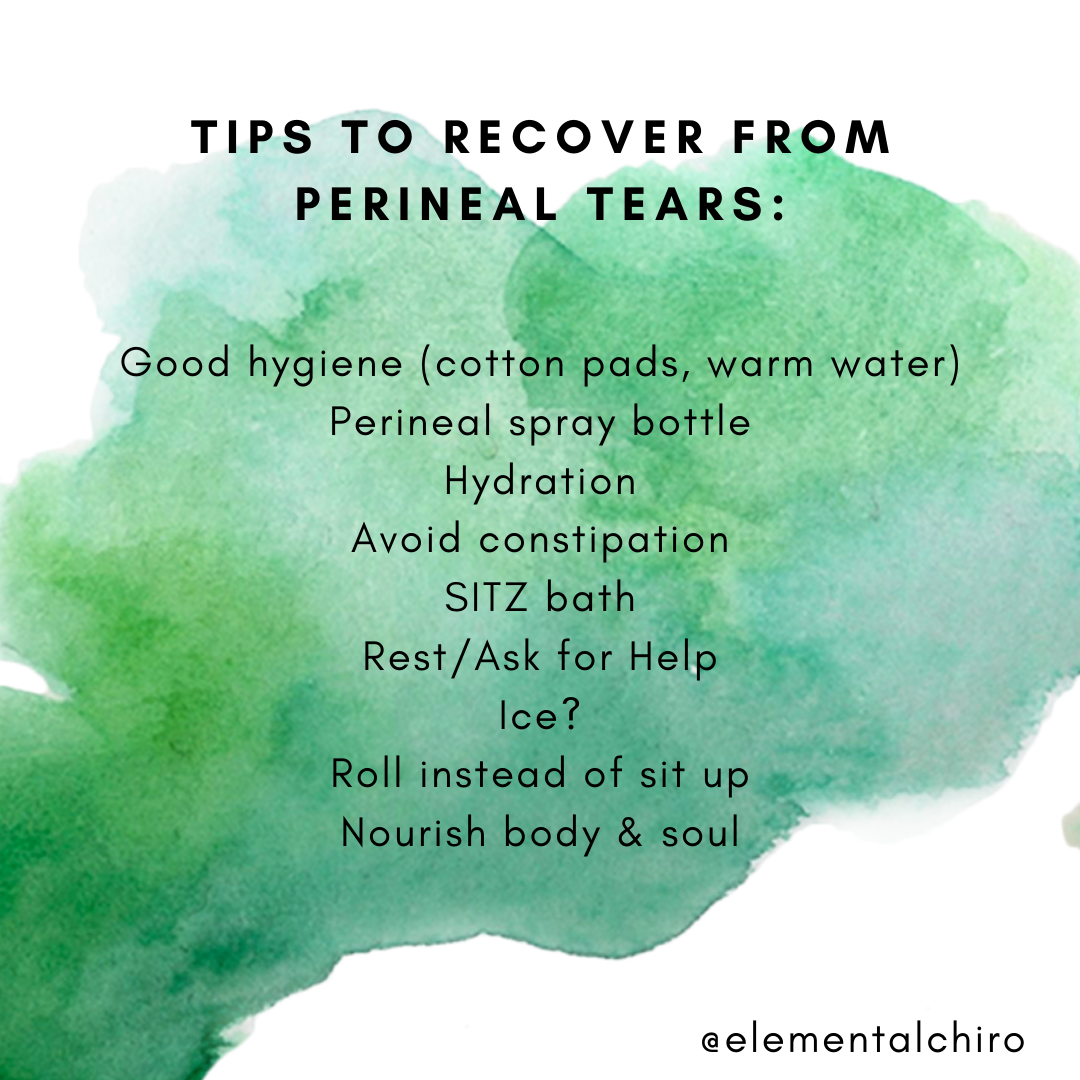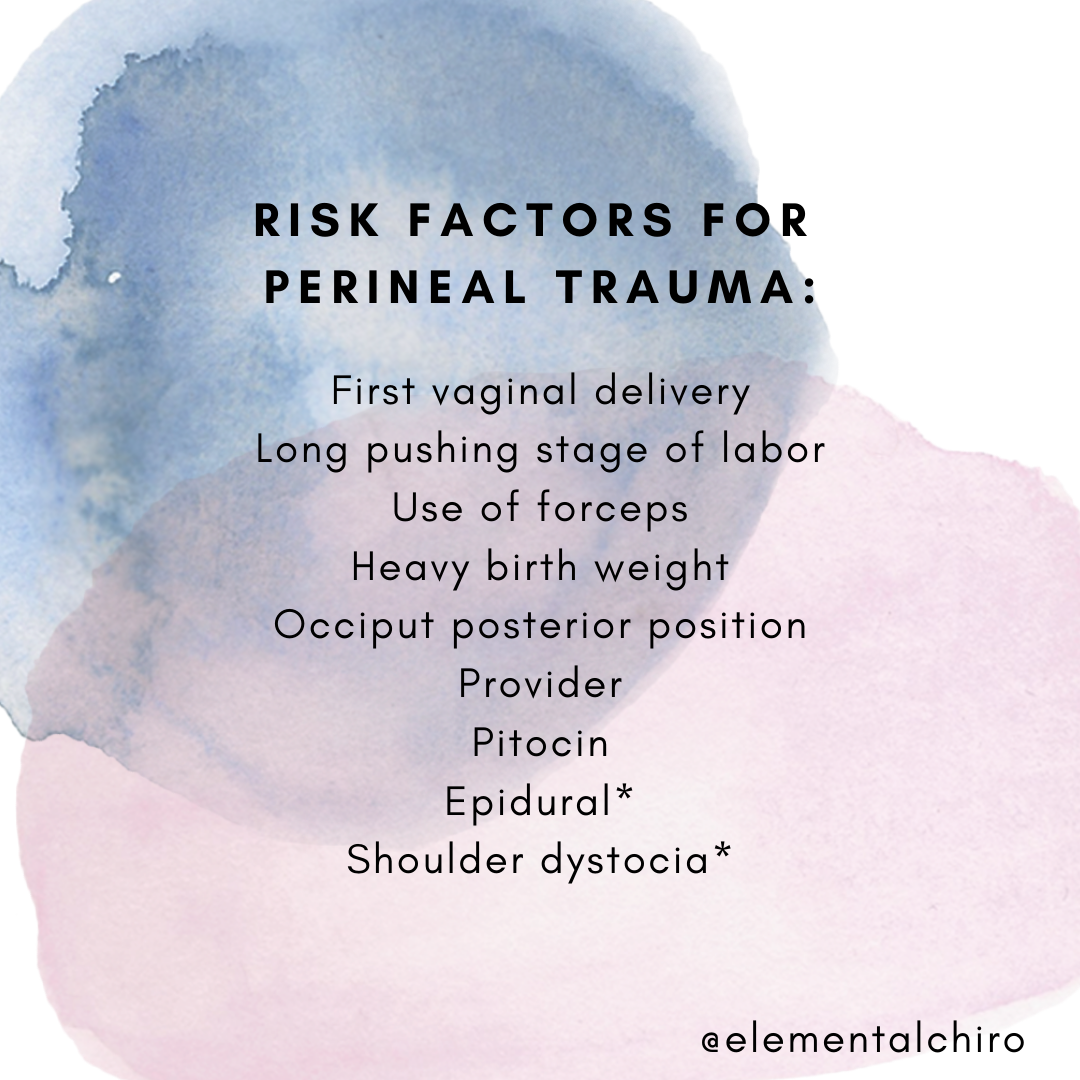“When can I do ab workouts after having a baby?”
”When should I add sit-ups back into my workout after having a baby"?”
Sit-ups were traditionally thought of as the gold standard for abs. You want six-pack abs? Do sit-ups. You want a strong core and to decrease back pain? Sit-ups. But what if I told ya that sit ups aren’t the end all be all of core health? It’s true that sit-ups work the rectus abdominis, which is a core muscle. The thing is, it’s only one part of the core. Instead of declaring sit-ups worthless, let’s focus on WHEN and HOW to add them back into our postpartum workouts.
First, the when. I know it’s not a straight answer, but it depends. In general, I don’t recommend before 9 months to 1 year postpartum. But what happens after that first year of postpartum? There isn’t a magical timeline that makes one year the perfect time to add sit-ups back into the workout, but around the 9 month to one-year mark our tissues have healed and it’s a great time to test our new boundaries. We are each unique and for some you can perform a sit-up as early as 4 months, and for others it may be a better idea to wait for a year or longer. To me, the key is knowing that you can add sit-ups back into your workout (if you want to) and that we shouldn’t fear sit-ups, or any movement for that matter.
So how do we know it’s a good time to add in movements like sit-ups? Like all exercises, let's progress to a sit-up! There's a big difference between churning out 100 crunches and sit ups on an ab mat as fast as you can and doing a nice, slow and methodical sit-up. A slow and methodical sit-up will help you maintain your breath and stability throughout the entire system and also increase your strength!
When progressing to a sit-up, ask yourself these questions:
Can I perform a deadbug moving both arms and legs without tenting, coning or increased pressure or heaviness on my pelvic floor?
If not, let’s stick to the deadbug for a little while longer and focus on breathing into all 360 degrees of the core (lower ribs, pelvic floor, back and belly).
If you can perform a deadbug without compensation, move on to step 2.
Can I maintain tension in my abdomen when I do a neck curl or curl up?
If not, let’s work on the deadbug a little longer and focus on breathing and adding in a neck curl or curl up. The key here is to not lead with your neck, you want this to be a global movement rather than a pecking chicken.
If you can perform a neck curl and maintain tension in the abdomen, move on to step 3.
Can I breathe in and maintain tension throughout my core and maintain a neutral spine while I sit up?
If you can do a sit-up without driving your low back into extreme extension (pushing your low back into the ground) and using your low back and momentum to complete the sit-up, go get it!
If you can do a sit-up without jutting your neck and chin like a chicken to get momentum, go get it!
If you do a sit-up and you feel your neck, quads or low back are taking the load, back off a little bit and focus on breathing, the deadbug and slowly train up to a sit-up by doing the exercises below.
If you do a sit-up and you feel 4-10/10 pain in your abdomen, or pressure and heaviness in your pelvic floor, then peel back to step 2 and work on the exercises below.
When training a sit-up we can also focus on the individual components of a sit-up to better train the overall movements of a sit-up.
Eccentric loads: Start at the top and slowly descend to the ground. Similar to segmental cat cow, you will feel a global extension of the low back as you slowly and segmentally bring your body towards the ground. If you feel like your back dips or peaks in one location, you may be putting more force and pressure in that location. Try to lengthen the spine (like you are laffy taffy and pulling the neck and butt apart) and keep all parts of your back moving.
Isometric load at the top: Start at the top of a sit-up and slowly lean back. When you are starting out, you will be more vertical and as you gain strength and control you can start to lower yourself towards the ground more. Hold this position for 2 breath cycles. This will help you build strength and endurance (ideally confidence as well!).
Isometric load at the bottom: Start at the bottom of the sit-up and do a slight curl-up. Keep your chin tucked and neck extended, trying to not jut the chin out and doing a curl-up with only your neck. This will be a global flexion movement through your upper abdominals and upper to mid-back.
*During these movements you can add a little bit of dorsiflexion to the foot (bring your foot towards your face) and push against the heel to help keep the pelvic floor activated.
I would love for y’all to not FEAR sit-ups, instead the next time your class has sit-ups listed as part of the exercise you feel excited, comfortable and confident. Even if you’re not ready for the full sit-up just yet, you know the progression to build up to a sit-up! You may even realize that doing 5-10 slow and controlled sit-ups are way harder of an ab exercise than the 100 sit-ups you did before having a baby.
XOXO,
Dr. Lauren





